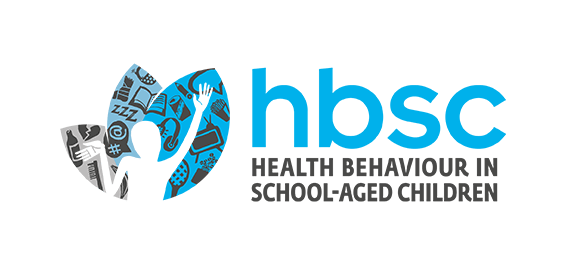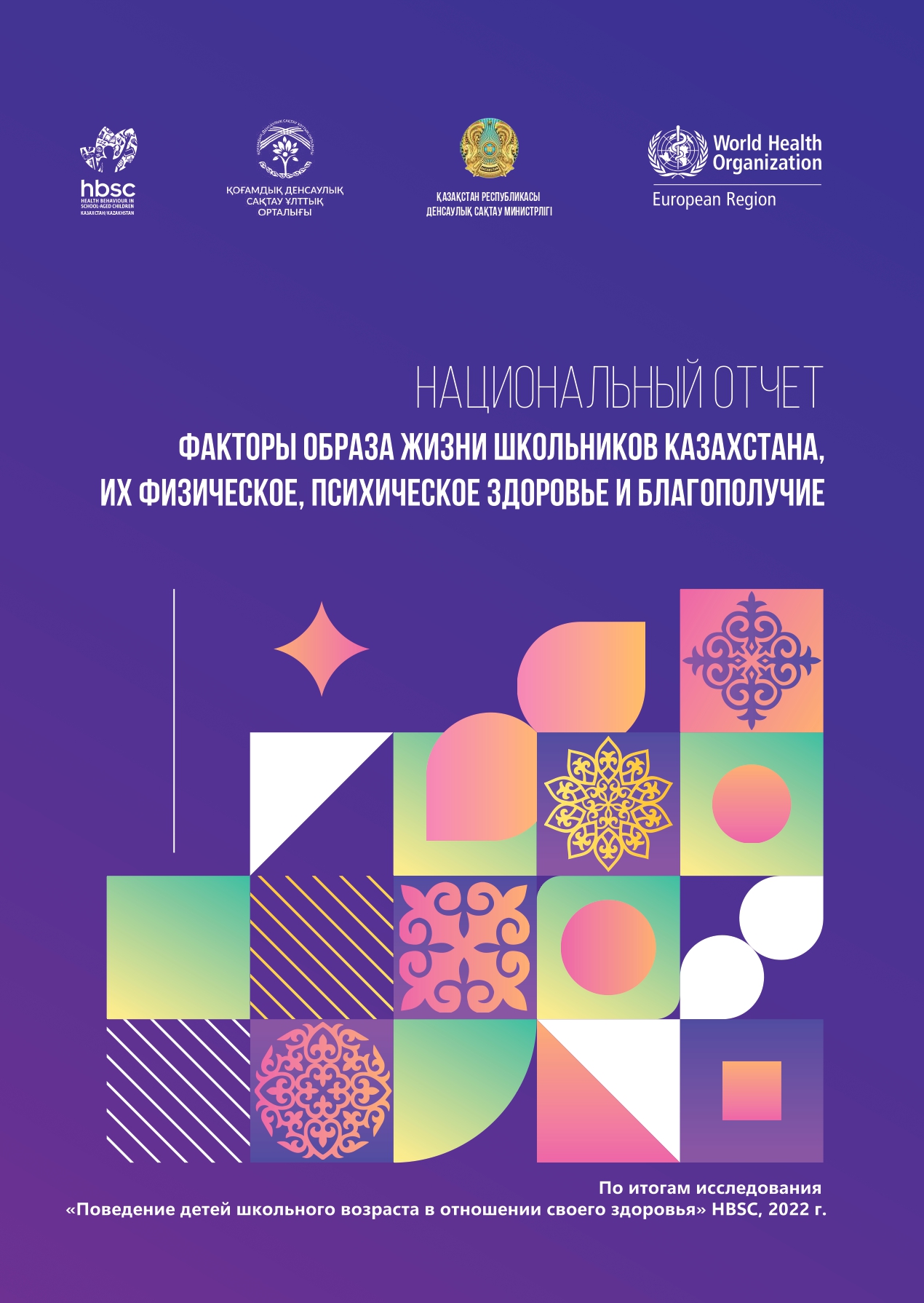In spring 2022, the National Centre for Public Health and the WHO Country Office in Kazakhstan collaborated to conduct the second round of the HBSC survey, which focused on collecting adolescents’ perspectives on their health and well-being in the post-COVID-19 period.
“Although we had heard extensively from health officials, politicians, psychologists, educators and parents about how the pandemic has affected children and adolescents, it was crucial to also listen to the perspectives of schoolchildren themselves,” says Zhanar Kalmakova, Acting Chair of the Board, National Centre for Public Health.
“The COVID-19 pandemic impacted everyone, and while the younger generation was less affected by severe illness, social isolation and restrictions have impacted children’s mental well-being and education. Our study provides valuable insights that can aid decision-making and planning, considering adolescents’ specific contexts, needs and concerns,” added Dr Skender Syla, WHO Representative in Kazakhstan.
The national HBSC 2022 report, summarizing the study’s findings and trends in adolescents’ health behaviour and health outcomes, was launched at a country dialogue on 27 February 2023.
Download the report (English)
Urban and rural adolescents cope differently
For example, 42.2% of 11–15-year-old children in rural areas reported a decline in their school performance, compared to 38.8% in urban areas. About one-third of rural schoolchildren also reported a negative impact of restrictive measures on relationships with friends and family, and on their family’s financial situation, compared to a lower prevalence among urban children.
Sources of information
According to the study, social media was the most frequently used source of information, with 65.8% of children reporting that they sometimes, often or always turned to it. Newspapers, magazines, radio and television were the second most used sources, with 53.6% of adolescents relying on them, followed by family members (50.8%), teachers and other school staff (48.8%), friends (46.3%), national health authorities (45.7%), bloggers or online influencers (44.9%) and other sources (31.7%).
Adoption of and adherence to restrictive measures
The study also revealed that staying at home and following social distancing measures proved challenging for adolescents during the pandemic, and just under half of them adhered to these measures.
“Our study has shown that even though the pandemic has subsided, and we have resumed our normal lives, adolescents are still grappling with its aftermath. As such, we must help alleviate these effects and support young people as they seek to further their education, socialize with others, and maintain their physical and mental well-being,” Kalmakova explains.

